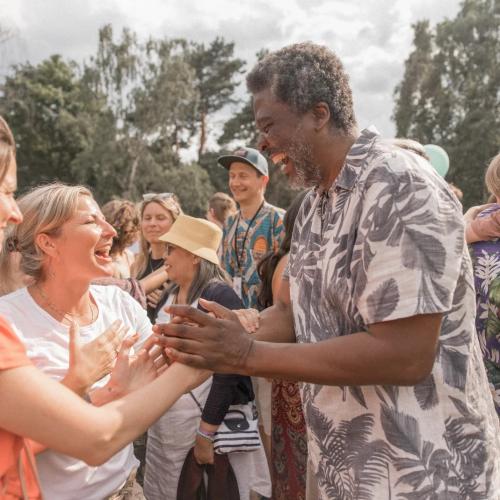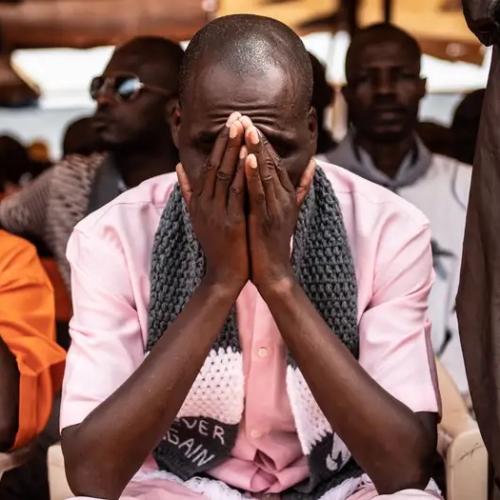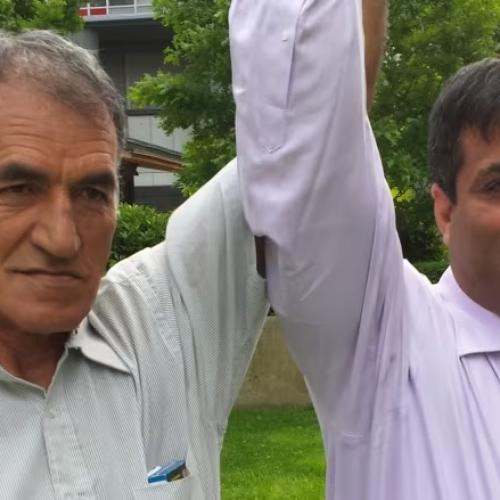Related Stories
How GiveDirectly is finding the poorest people in the world—and sending them cash
Key Excerpts from Article on Website of Fast Company
Posted: January 4th, 2021
https://www.fastcompany.com/90585079/how-givedirectly-is-fin...
In Togo ... 55% of the population lives on less than $1.90 a day. The economic effects of COVID-19 have drastically driven up the world’s extreme poverty level. The World Bank estimates that the number of people living on less than $1.90 per day will reach 150 million by 2021. GiveDirectly, a charity that has focused for just under a decade on direct cash transfers to people in poverty around the world, particularly in Africa, has been escalating its pandemic relief efforts—and continually innovating with partners to find groundbreaking ways to target the most in need of money. The charity’s latest innovation is harnessing an algorithm, designed by UC Berkeley, that uses artificial intelligence to identify the poorest individuals in the poorest areas, and transfer cash relief directly to them. The algorithm works in two stages. First, it finds the poorest neighborhoods or villages in a certain region, by analyzing high-resolution satellite imagery. The second stage is finding the poorest individuals within those areas, by analyzing their mobile phone data, provided by Togo’s two principal carriers, Togocel and Moov. After the poorest individuals are identified, they will be prompted to enroll via mobile phone, and then instantly paid. Approximately $5 million will be delivered in total, sending cash every month for five months, in the sum of $15 for women and $13 for men per month, which they’ve calculated as the figure to cover their “minimum basket of goods” to survive. So far, 30,000 Togolese have been paid, out of a goal of 58,000.
Note: For lots more on this exciting new way to directly help the poorest of the poor, read this NPR article. And a New York Times article has further good suggestions along these lines.
Related Stories
Top Inspiring News Articles
Top Inspiring News Articles from Years Past














































































